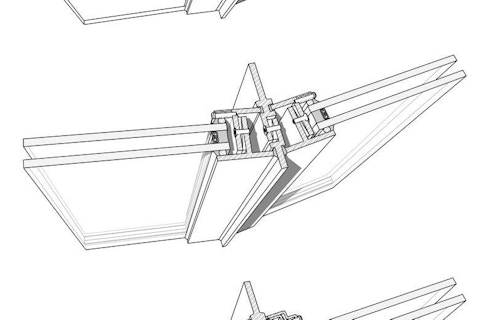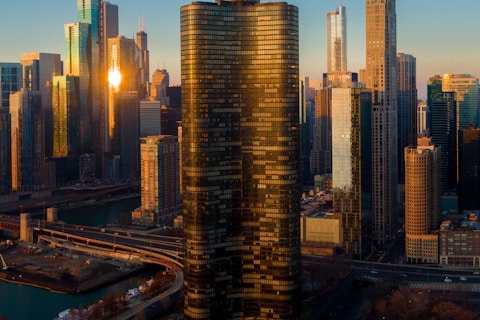High Performance: Who Benefits?
I recently started studying Sustainable Environmental Systems at Pratt Institute in the evenings and one of my classes has focused on climate change and its social effects across the world. Having been in the fenestration industry for several years now, I started to connect the dots backward and question the impact of our work in facades and fenestration on our local communities.
High performance buildings are certainly a need as we move forward into more aggressive climates. Just recently many experienced the flooding power of tropical storm Ida. The New York Times reported that more than 40 people died from the tropical storm in just the New York City metro area alone, with at least 11 of those people living in basement apartments that may have been illegally rented. According to the Citizens Housing & Planning Council, underserved groups are often the ones renting these spaces because it is an affordable housing option in a high-cost city. I think if we looked across other aspects of the built environment, we would likely find a similar trend of disparity between areas with low-performing versus high-performing systems.
Even if we solely look at costs, it’s clear that if you want to live in a building with higher performance, you are going to pay for it. This may seem like a simple reality of our free markets, but it also begs the questions: who benefits from high performance facades and fenestration? And what is the true baseline of what a building must provide occupants?
Like many renters in New York, I’ve seen up close how poor our fenestration systems can be. We don’t measure or check them, except to make sure they aren’t falling off the building. But what happens when we start experiencing more extreme events? The Intergovernmental Panel on Climate Change (IPCC) confirmed in its newest Summary for Policymakers that climate extremes have strengthened and will exponentially increase with every increment of global warming. It means that the buildings we build today will have to be resilient to even more precipitation and heat waves among other extreme weather events.
I imagine that people living in a building with a great fenestration system probably are more likely to have other amenities like central air that will come in handy during a fatal heat wave. Those that don’t, probably can’t afford to get an air conditioner, or must pay the added cost of the equipment and extra utilities, since all that cold air is likely leaking out of the building and thermal shorts are bringing heat in. But this is more than just a matter of cost; the lack of thermal resilience and passive habitability can quickly become life-threatening during power outages, and substandard facade systems are more likely to lack attributes of thermal resilience. If true, underserved populations are going to be even more at risk in the future. I’d be curious to do a study to see how our facades and fenestration are performing in reality and who is positively or negatively impacted.
Sure, we have building and energy codes, but I once heard someone say “a building to code is the legally worst building you can build.” More recently at the Net Zero conference, ZGF architects pointed out the difference between safe versus legal. In other words, we might be meeting the building codes and law, but that doesn’t necessarily mean we’re meeting all the basic needs of building occupants. Our own Helen Sanders and Mic Patterson also presented at Net Zero and highlighted the fact that fenestration technology has changed little over the years in the North American market even though higher performance technologies are available. It means that even for those that can afford it, we definitely have room to improve resiliency and quality of life.
So I ask us all this: why shouldn’t everyone have a building that performs? And how can we as an industry help to ensure that these most basic needs of all building occupants are met, not just those who can afford it? The goal is equity across socio-economic groups that will result in a safer, healthier, and more comfortable living environment for everyone.

Alexandra Blakeslee
Innovation & Projects
Technoform North America
Looking for something specific?
Search our extensive library.
FTI’s SKINS email is the central source for the latest in building skin trends and research.
All emails include an unsubscribe link. You may opt out at any time. See our privacy policy.









